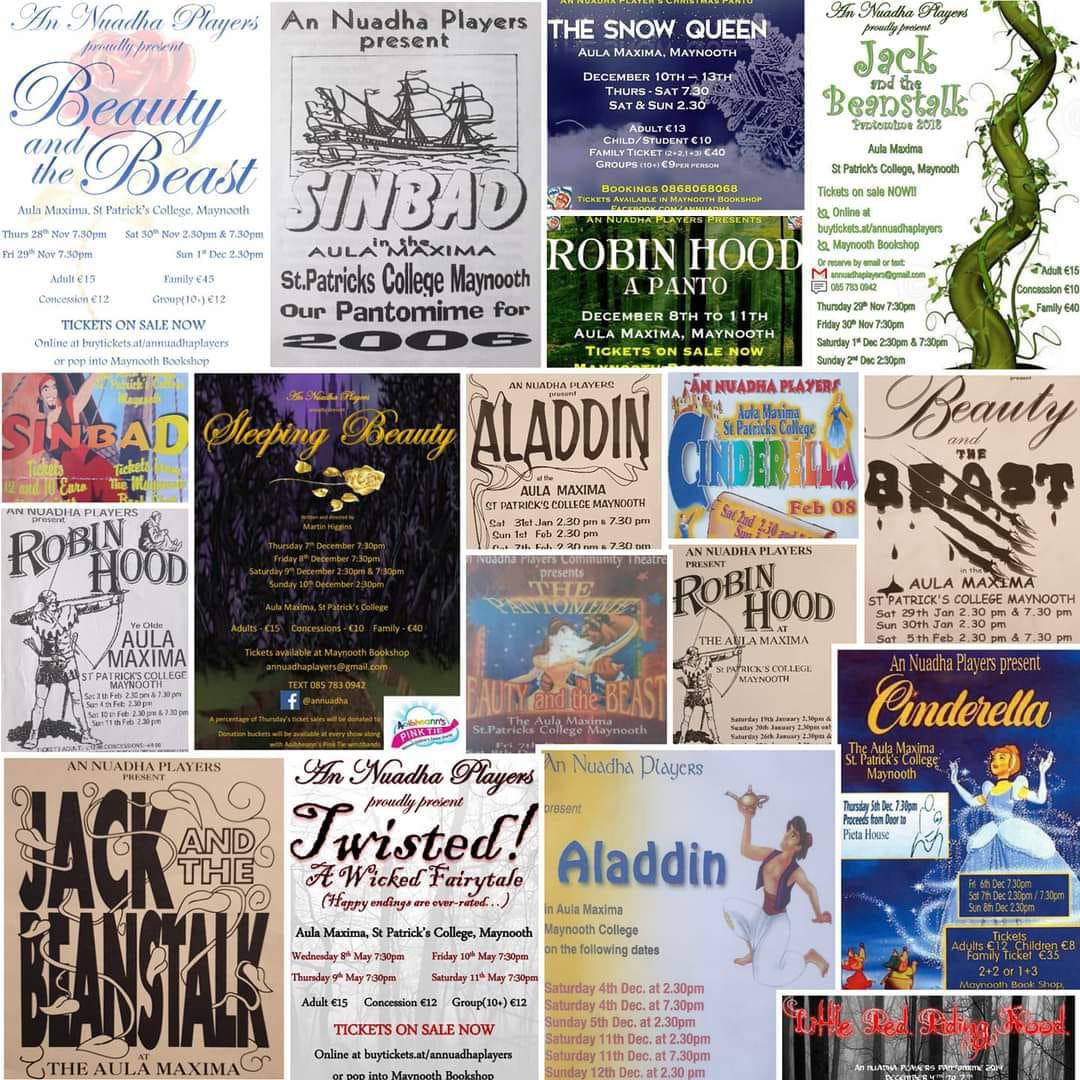
4 minute read
Queen Victoria’s Visit to Maynooth
Queen Victoria’s visit to Maynooth, 10 August 1849
Prof. Terence Dooley
Advertisement
In 1848, the year of European revolution on the continent, and the Young Ireland rebellion at home, Augustus Frederick FitzGerald, 3rd Duke of Leinster, dismantled the home of his grand uncle, Lord Edward FitzGerald, in Kildare town. Lord Edward had, of course, been one of the more prominent leaders of the 1798 rebellion in Ireland. He died from wounds received during his capture. His role in the rebellion became a source of some embarrassment to his aristocratic family. Thus, on the 50th anniversary of the rebellion, Augustus tried to eradicate the physical memory of his existence from his estate landscape.
Around the same time, Leinster also tidied up the ruins of Maynooth Castle and railed it off. In contrast to Lord Edward’s house, he wanted the castle to stand as a monument to the golden era of the Kildare Ascendancy when his ancestor, Garrett More FitzGerald, 8th Earl of Kildare, was the most powerful man in all of Ireland.
Leinster’s plans coincided with the proposed first visit of Queen Victoria to Ireland. Nationalist Ireland would later castigate her as ‘The Famine Queen’ and deride her for contributing a mere £5 to the suffering Irish. In fact, she donated £2,000 in 1847, the largest individual donation made at the time. Moreover, in August 1849, there was no doubting the very warm reception she received wherever she went in Ireland, including Maynooth. She wrote to her uncle, King Leopold of Belgium: ‘Everything here has gone beautifully since we arrived in Ireland.’ It was inevitable that Victoria would visit Carton, after all, the Duke of Leinster was Ireland’s preeminent aristocrat. He corresponded regularly with the queen who had great personal regard for him. After her visit to Carton, she recorded in her diary: ‘The duke is one of the kindest and best of men’. Coming to Carton was hugely important to Leinster. As Dr Tom Nelson concluded, the royal visit ‘was public proof that the quiet and diligent loyalty’ of Augustus and his father ‘had dissipated any lingering doubts about the allegiance of the Fitzgeralds in the wake of the very public rebellion of the 1st duke’s son, Lord Edward, in 1798.’
When Victoria and her entourage arrived at Carton around noon on 10 August 1849, no expense was spared in entertaining them. 200 or so socially elite guests gathered on the demesne, all eager to see the young queen and to be seen. They were all treated to a ‘Magnificent Dejeuner’ of sumptuous delicacies and luxuries, and entertained by Sheridan the Kilcock piper, and a wellchoreographed dance by some of Leinster’s tenant families on the front lawn. Contrary to reports, there were no peasants at Carton; they were too busy trying to survive and certainly would not have been entertained. Amongst the thousands more who flooded into the village by train and lined the roads were around 100 seminarian students from St Patrick’s College Maynooth. Later that evening, Victoria recorded in her diary that the students ‘did not make a very attractive impression.’
Contrary to Carton House lore, Victoria did not stay there overnight. Her visit to Maynooth lasted only about four hours in total. Nor did she visit St Patrick’s College. This is merely another local myth. However, one of the elite guests at Carton was Monsignor Laurence Renehan (1798-1857), president of the college, which, of course, had been established on lands provided by Leinster’s
father, William, in 1795. Renehan composed an ‘Address from the College of Maynooth’ which he signed on behalf of the ‘President, Masters, Professors and Students’ Written in the most deferential tone, the address offered the ‘most loyal, dutiful, and affectionate welcome’, and paid ‘homage of devoted loyalty’ to Victoria. The essence of the address was to express gratitude ‘…that our college is indebted for an endowment suited to the importance of ecclesiastical education, the wants of a numerous people, and the dignity of a great empire.’ Four years before, under the Maynooth Grant, the college was guaranteed around £26,000 per annum, and a once off payment of £30,000 towards the buildings. At the time of Victoria’s arrival in Kildare, the building of A.W.N. Pugin’s Gothic quadrangle was ‘far advanced’ at a cost in excess of the £30,000 provided under the Grant. Renehan’s address had an obvious political agenda.
In 1849, the Great Famine was abating but far from over. While the guests feasted at the ‘Magnificent Dejeuner’ at Carton, an estimated 141 people in Maynooth were suffering from cholera and typhus of whom at least 47 subsequently died. That same week, the Leinster Express advertised the New East India Tea Company’s prices for a range of luxuries, including teas, coffee, claret, champagne, wines, and spirits; and local markets were reportedly busy with ‘fat cattle’ and ‘fat sheep … all sold … at remunerating prices to graziers.’ Victoria’s visit to Carton illustrates how socially divided Ireland was during the Famine. For those unaffected by starvation and disease, life went on as usual. The whole paraphernalia around the visit raises many questions as to whether those gathered at Carton, who included the Maynooth middle classes and representatives of the Catholic Church in Ireland, could have been much more sensitive to the needs of the impoverished. Fancy a bop to your favourite panto tunes?
Pop over to our YouTube channel at www.youtube.com/channel/ UCm9QhFubAaxAjjxI1-Wg7tg/playlists and check out our panto playlists!


